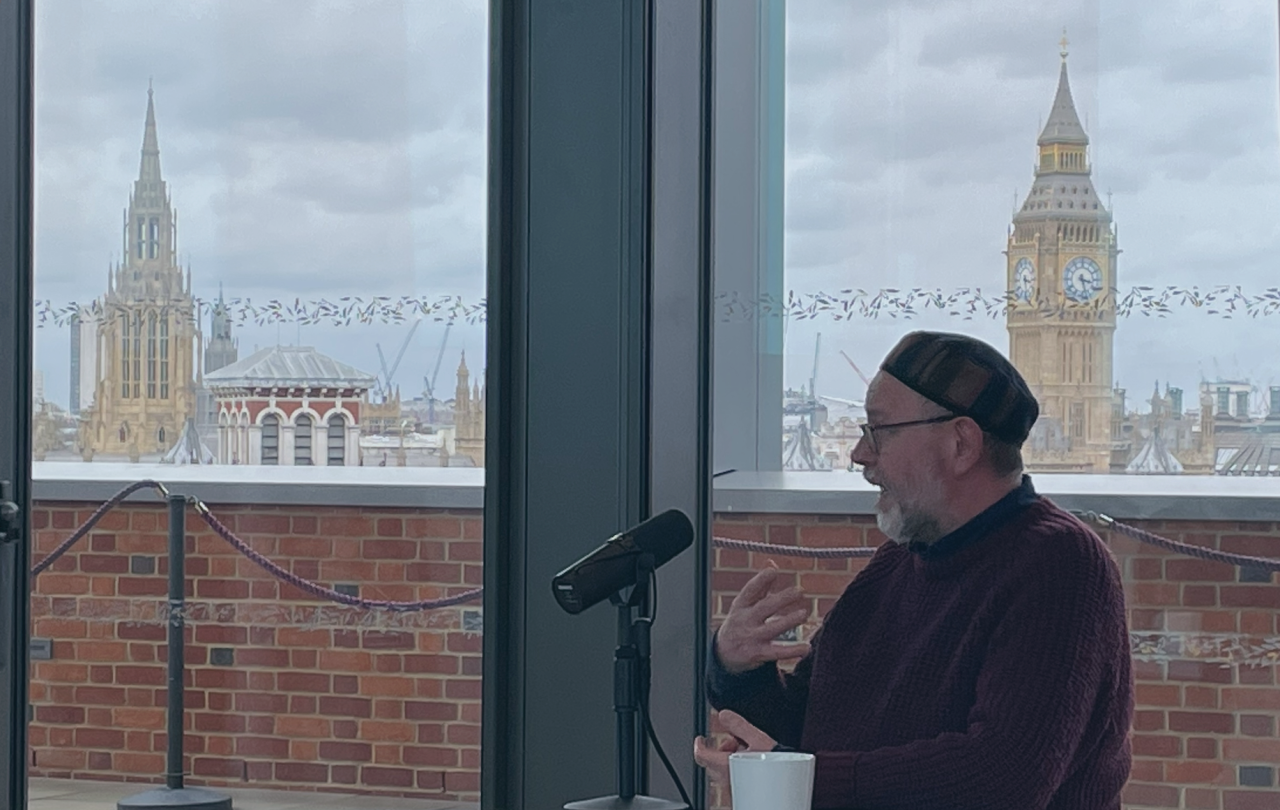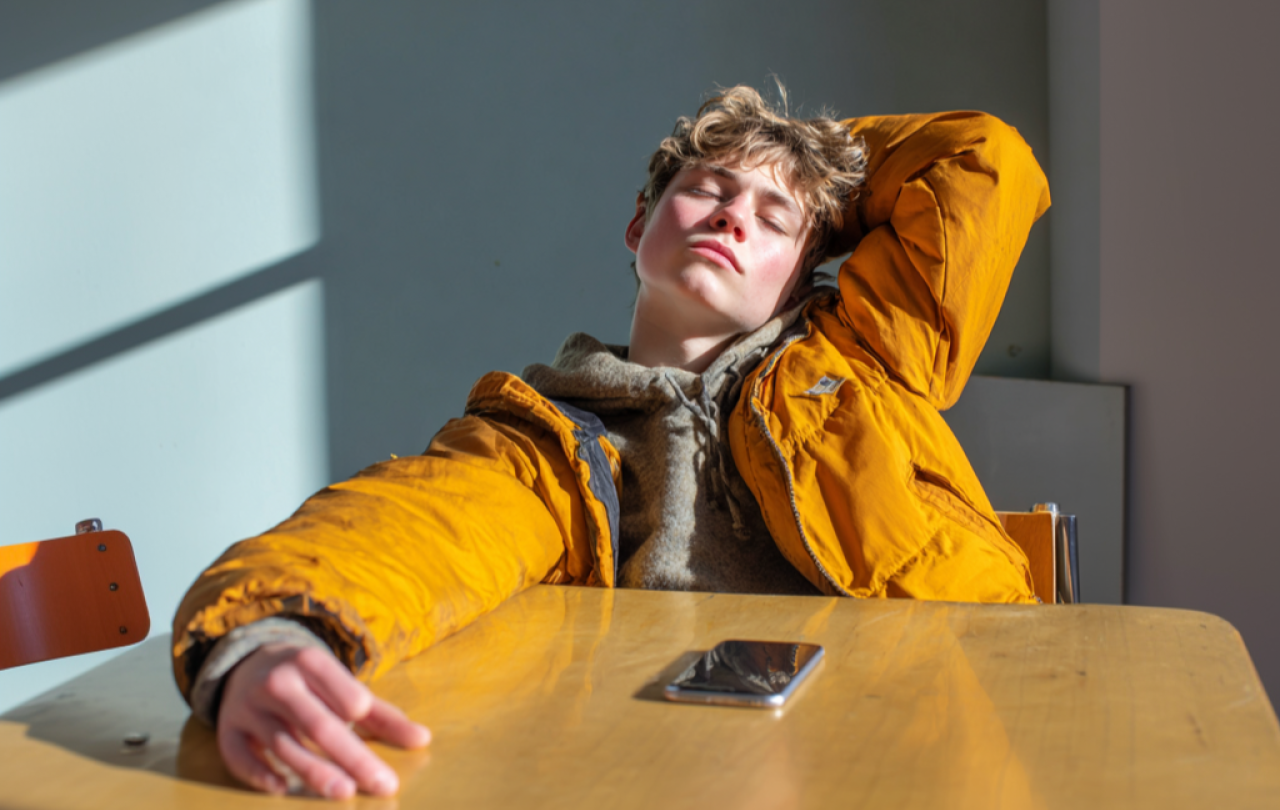Jane Austen is an author universally acknowledged. So much so that she was acknowledged on the £10 note in 2017. The quote the note bore is not the immortal opening sentence from Pride & Prejudice, but something less obvious:
'I declare after all there is no enjoyment like reading.'
So concise, so inspiring. However, the quote belongs to her character Caroline Bingley. She isn't reading for pleasure, she's just trying to impress the dashing Mr Darcy. Jane Austen, well before 2017, has always been on the money. Her parable of disparity shows that despite the odds, Lizzie Bennett has agency as she comes face-to-face with Darcy to thrash out their differences.
Such human agency is now being lost in many ways, as the art of empathy, reality itself, and even thinking are under attack.
Firstly, there's what Simon Burton-Jones startlingly outlined Seen & Unseen recently. Our empathy for our fellow creatures, which is taking a nosedive, has a direct correlation to our lack of seeing each other face-to-face.
Secondly, he noted that reality, or reality as we've known it up until now, might only be really experienced by the wealthy. The fullness of life that is available to each of us is diluted and diminished because we don't suck the marrow out of life, we simply observe it from afar through digital lenses.
The next, equally startling way agency is being lost is detailed in Mary Harrington's guest essay in the New York Times about how 'thinking is becoming a luxury good'. Only the Caroline Bingleys, and not the Bennetts of today would be reading and expanding their minds for pleasure:
'In a culture saturated with more accessible and engrossing forms of entertainment, long-form literacy may soon become the domain of elite subcultures… as new generations reach adulthood having never lived in a world without smartphones, we can expect the culture to stratify ever more starkly.'
In other words, there's an ever-widening gap. As our digital and real worlds blend, we need to narrow the gap not just between women and men of different classes, but also where our agency truly resides: our appreciation for our own thinking and feeling.
This is a tall order, given our devaluing of thinking. We shortcut our brains with AI and cut short the careers of those who've been taught to compute and analyse. The edifice on which many have constructed their careers is crumbling. So, there's the equal danger that thinking becomes both elitist and also perceived as futile.
It might not be a silver bullet, but education can still lead the way. Parents can't delegate responsibility to schools and must surely be part of the solution. And neither is confining thinking and feeling to those who appreciate Shakespeare. As veteran educationalist Sir Ken Robinson noted, there is an inherent creativity, not necessarily academic, in children that is often flattened beyond all recognition by the education system itself. Any parent of small children will know, as I do, that there is an intriguing inquisitiveness and playfulness in our early years. As a father, I want that to come alive in my children.
Education can close the gap between pleasure and thinking. The teachers I remember well took the kindling of dry subjects and ignited them. Philip Womack recently said, in The Spectator, that children's literature is increasingly becoming 'easily translated, and easily disseminated, but will it sing in a child's mind, or set it alight?'. 'With a massive decline in children reading for pleasure, this trend will become worse, as publishers attempt to lure children away from screens with increasingly desperate pandering.'
So let's remove the competition: we must implement Jonathan Haidt's pleadings around banning smartphones for the young. They steal away resilience.






